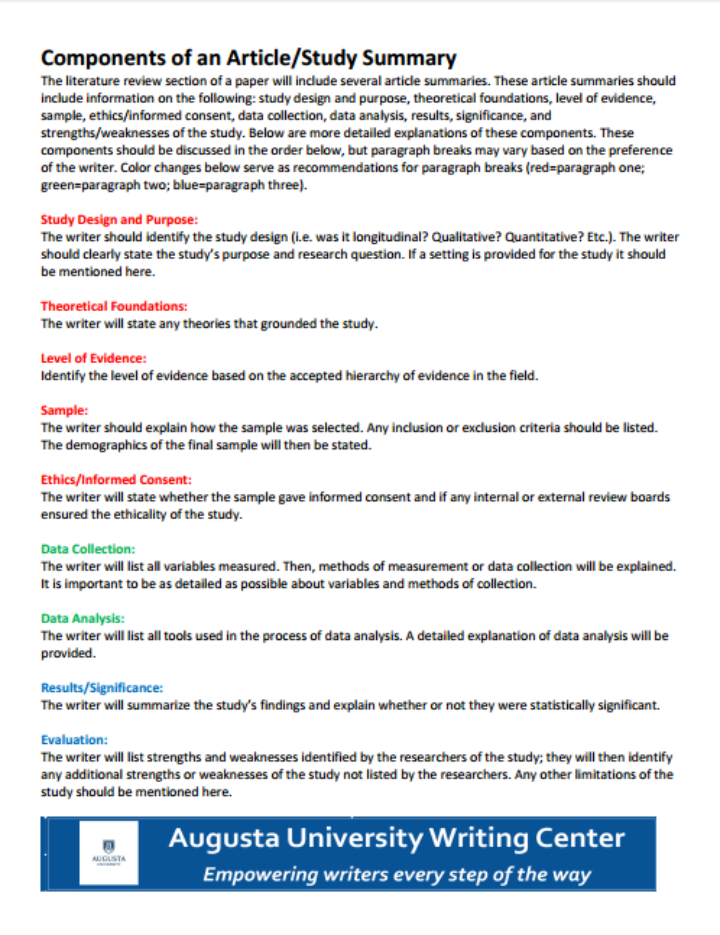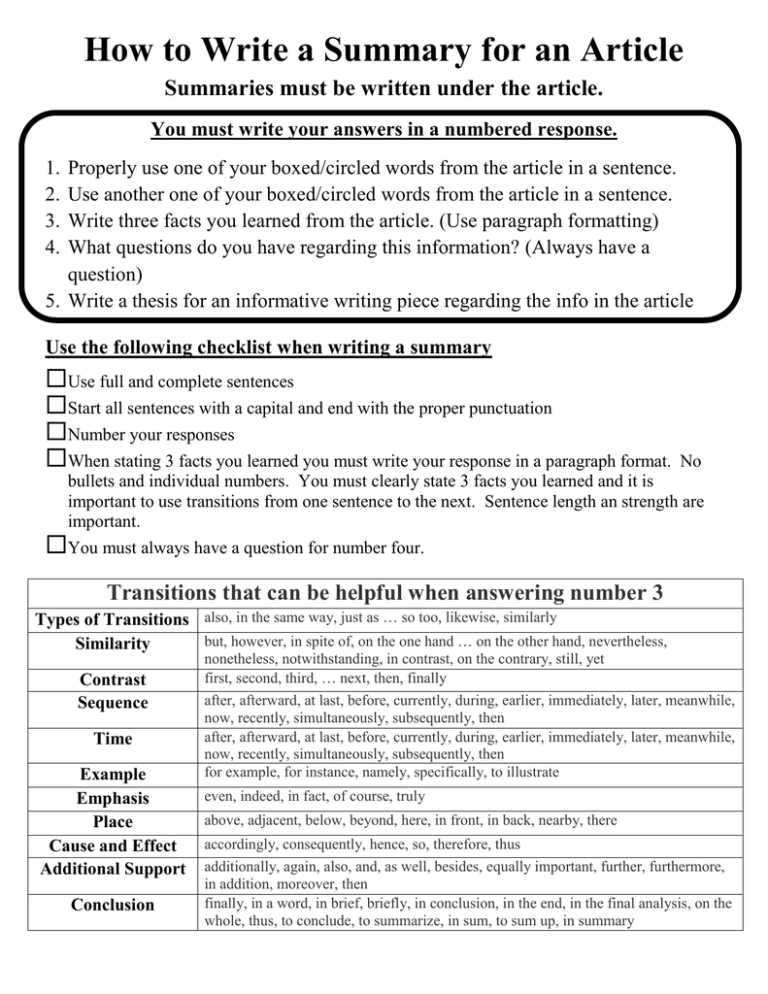

“ Types of Real-World Data and Machine Learning Techniques”, which is increasing day-by-day. The data can be structured, semi-structured, or unstructured, discussed briefly in Sect. For instance, the current electronic world has a wealth of various kinds of data, such as the Internet of Things (IoT) data, cybersecurity data, smart city data, business data, smartphone data, social media data, health data, COVID-19 data, and many more. We live in the age of data, where everything around us is connected to a data source, and everything in our lives is digitally recorded. Overall, this paper aims to serve as a reference point for both academia and industry professionals as well as for decision-makers in various real-world situations and application areas, particularly from the technical point of view. We also highlight the challenges and potential research directions based on our study. Thus, this study’s key contribution is explaining the principles of different machine learning techniques and their applicability in various real-world application domains, such as cybersecurity systems, smart cities, healthcare, e-commerce, agriculture, and many more. In this paper, we present a comprehensive view on these machine learning algorithms that can be applied to enhance the intelligence and the capabilities of an application. Besides, the deep learning, which is part of a broader family of machine learning methods, can intelligently analyze the data on a large scale. Various types of machine learning algorithms such as supervised, unsupervised, semi-supervised, and reinforcement learning exist in the area.

To intelligently analyze these data and develop the corresponding smart and automated applications, the knowledge of artificial intelligence (AI), particularly, machine learning (ML) is the key. In short order, within months, the company hopes to expand the feature to more users and product types.In the current age of the Fourth Industrial Revolution (4 IR or Industry 4.0), the digital world has a wealth of data, such as Internet of Things (IoT) data, cybersecurity data, mobile data, business data, social media data, health data, etc. The machine-written summaries are rolling out on mobile to consumers in the U.S. But as another safeguard, the company said, the system will only use reviews from verified purchases.

“This includes machine learning models that analyze thousands of data points to detect risk, including relations to other accounts, sign-in activity, review history and other indications of unusual behavior, as well as expert investigators that use sophisticated fraud-detection tools to analyze and prevent fake reviews from ever appearing in our store.”Īmazon has been deploying AI and machine learning in this game of whack-a-mole to eliminate phony products, reviews and sellers for years, and at least on the review side, plenty still get by the system. “We continue to invest significant resources to proactively stop fake reviews,” the company wrote. For instance, it’s not clear how well this system can keep fake reviews from contaminating the summaries, or out-of-date reviews when the seller switches out the product on its sell page - a practice that, apparently, still dogs the platform across numerous product pages that WWD checked, as of Monday.Īmazon nodded to that in its blog. Of course, a lot depends on details, like how the changes were executed or the feature’s scope of development. It sounds like a fairly straightforward change, but with nearly 1.5 billion reviews flooding the marketplace last year, even incremental updates can create a meaningful impact to its bottom line. Now “we want to make it even easier for customers to understand the common themes across reviews,” Amazon posted, “and with the recent advancements in generative AI, we believe we have the technical means to address this long-standing customer need.” EXCLUSIVE: Rakuten Announces Partnership With NYFW: The Shows


 0 kommentar(er)
0 kommentar(er)
